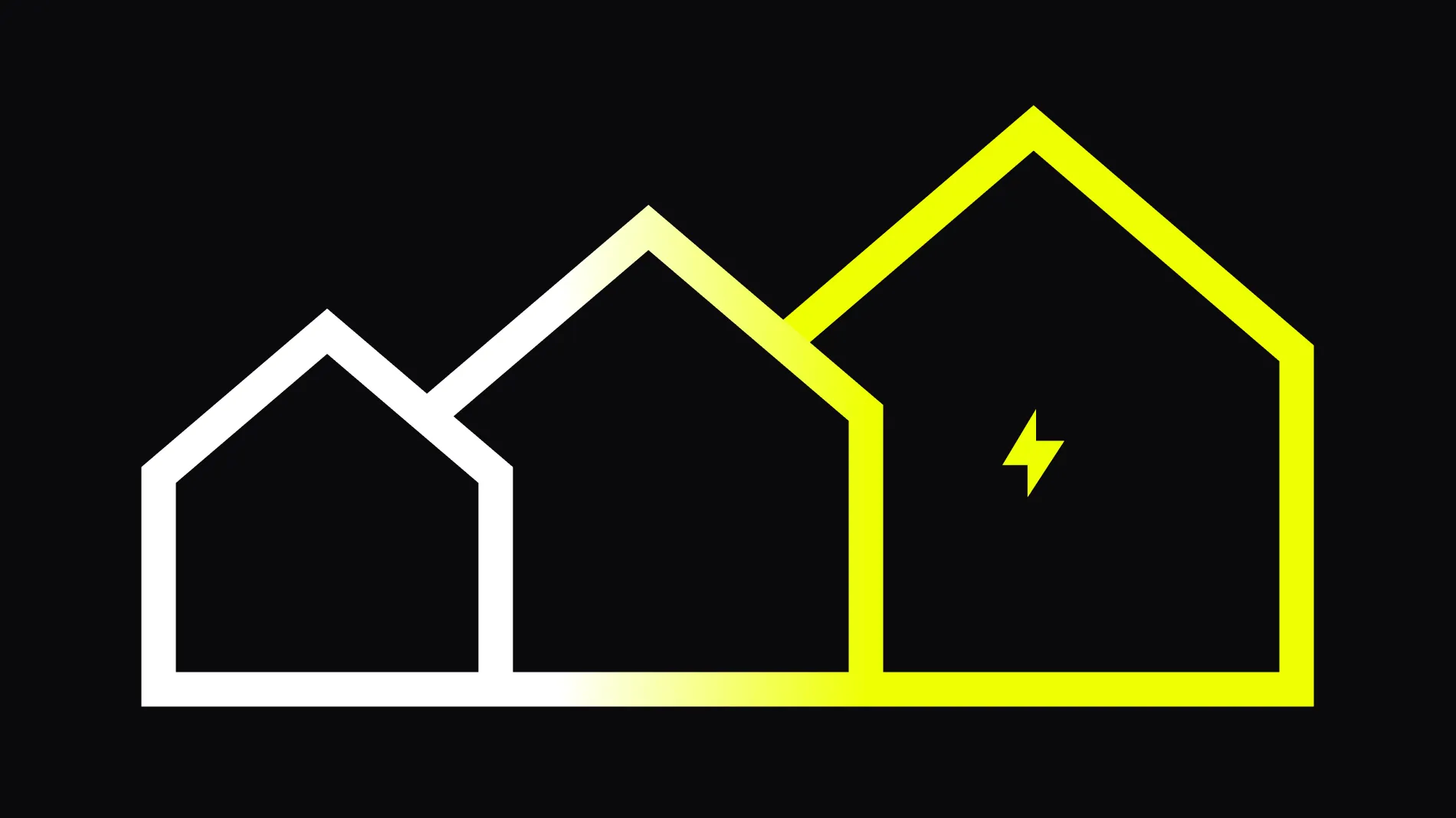While P2P energy trading offers a bright future, there are some hurdles to address before it reaches its full potential. Here, at Order Group, we believe innovative software solutions can play a key role in overcoming these challenges.
Simplifying Complexity
P2P energy trading is a relatively new concept, and the technical aspects, along with regulations, can be overwhelming for both buyers and sellers. Here's where software can step in.
Software developers can develop intuitive P2P trading platforms that make it easy for users to participate. Imagine a mobile app that clearly displays local energy options, pricing, and transaction history, all in a user-friendly interface. That’s because complexities around managing micro-transactions and settlements can be a barrier. Our software solutions can automate these processes, ensuring secure and transparent financial transactions between prosumers and buyers. The expectations nowadays are “don’t make me think” and “I want it to just work," so that’s how software should look and behave. Luckily, we have Iza Mrozowska to ensure that’s the case.
Overcoming Limited Scale
Currently, P2P energy trading is primarily limited to local communities. However, software can bridge this gap and expand the reach of P2P markets.
Companies may create apps that match energy needs with available supply across a wider geographical area. This allows prosumers to sell excess power to a larger pool of potential buyers, even if they're not located right next door.
Lastly, by integrating P2P platforms with smart grid technologies, we can optimize energy flows and ensure grid stability even with a distributed energy model.
Optimizing for Grid Dependence
Even with P2P trading, the traditional grid remains crucial for balancing supply and demand. Proper software can play a vital role in ensuring a smooth and efficient interaction between P2P markets and the grid.
Software solutions based on IoT can provide real-time data on energy production and consumption within the P2P network. This allows grid operators to optimize energy flows and prevent overloading or disruptions.
Furthermore, software can facilitate dynamic pricing models that adjust electricity prices based on real-time supply and demand within the P2P market. This incentivizes prosumers to generate and sell electricity during peak demand periods, further optimizing grid stability.
